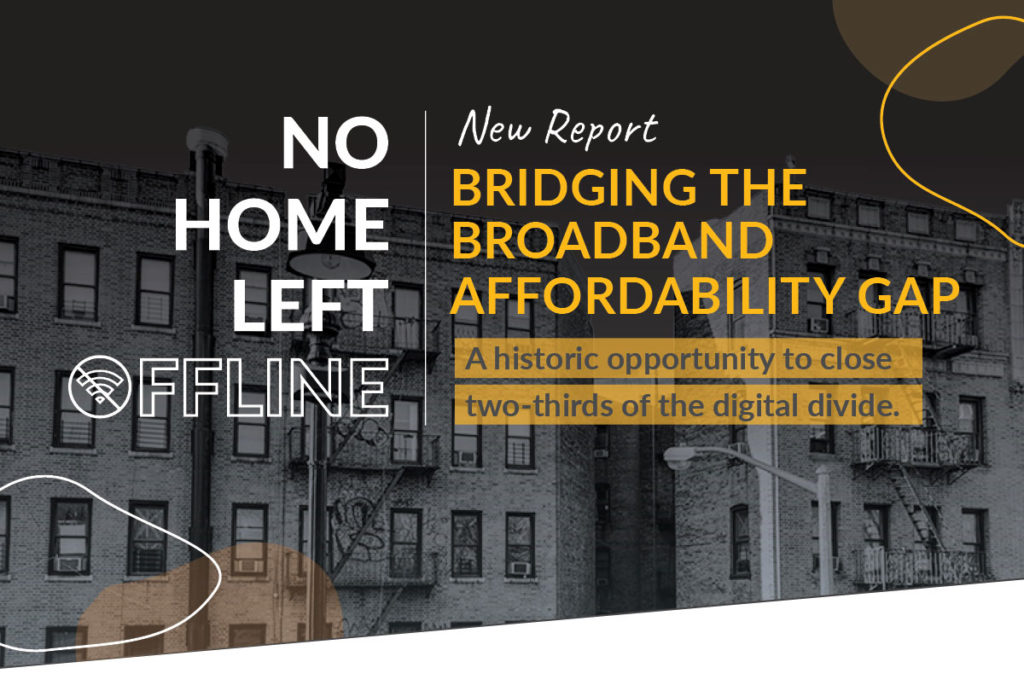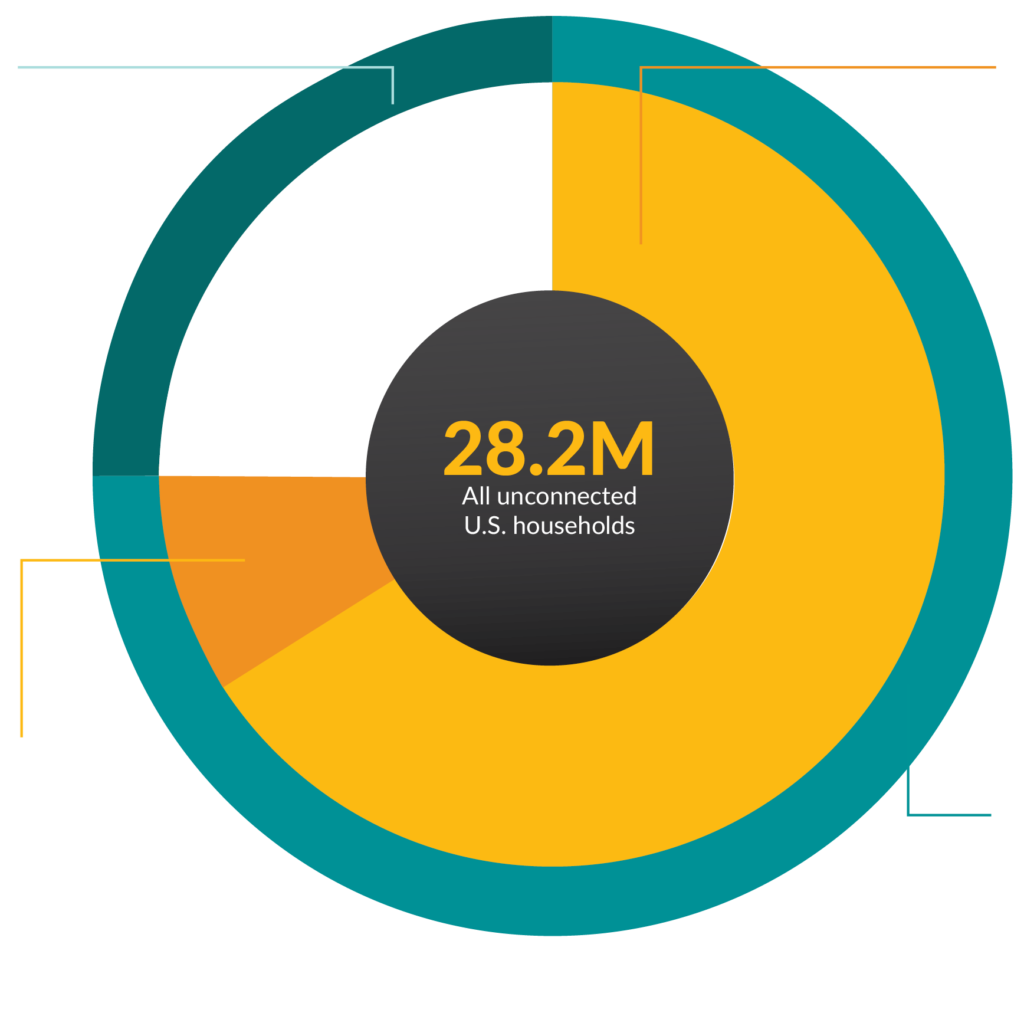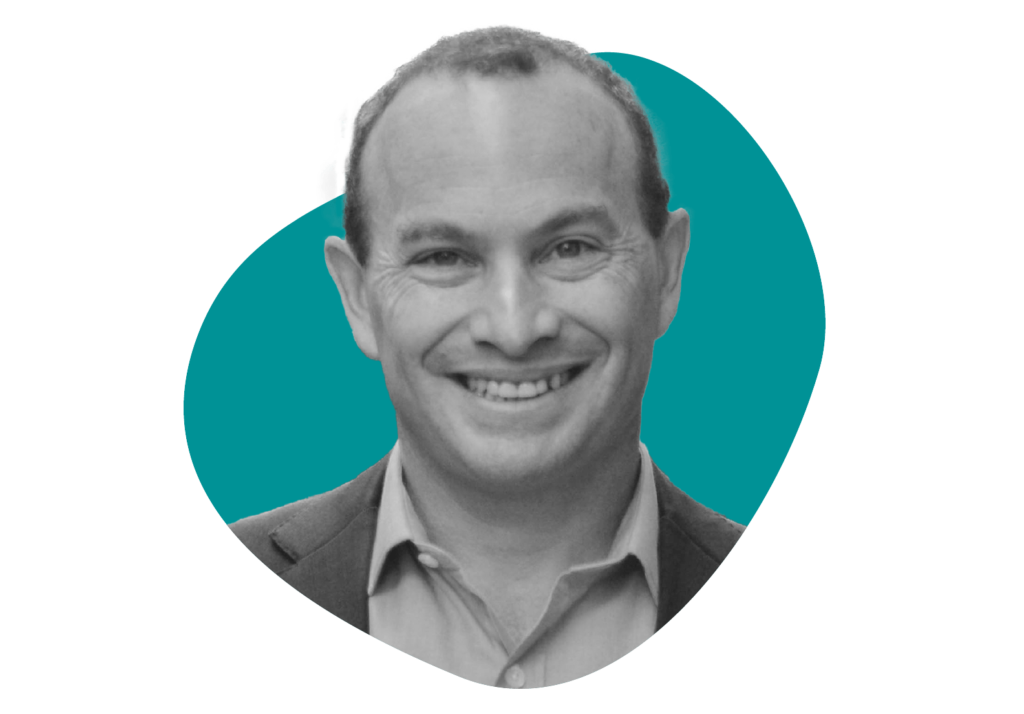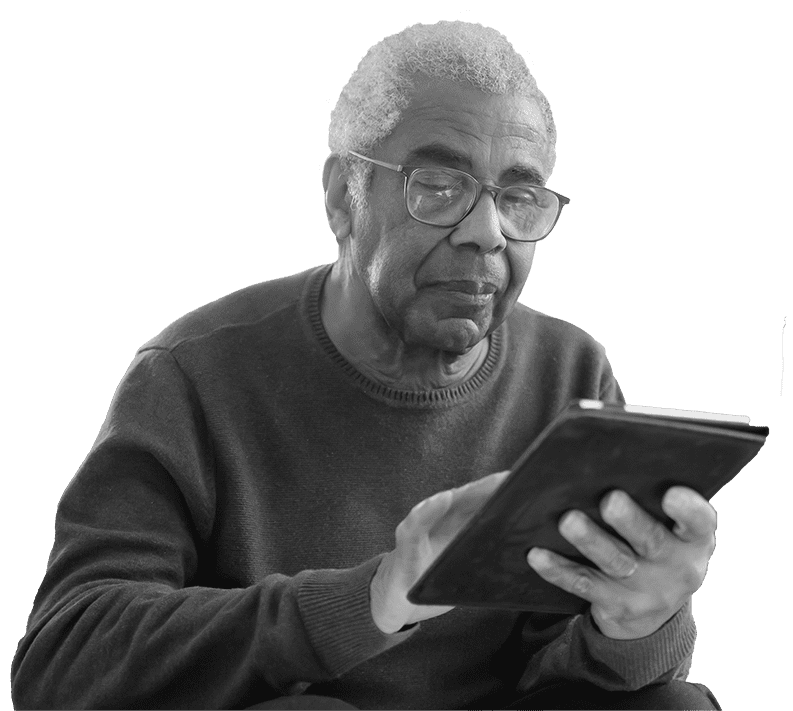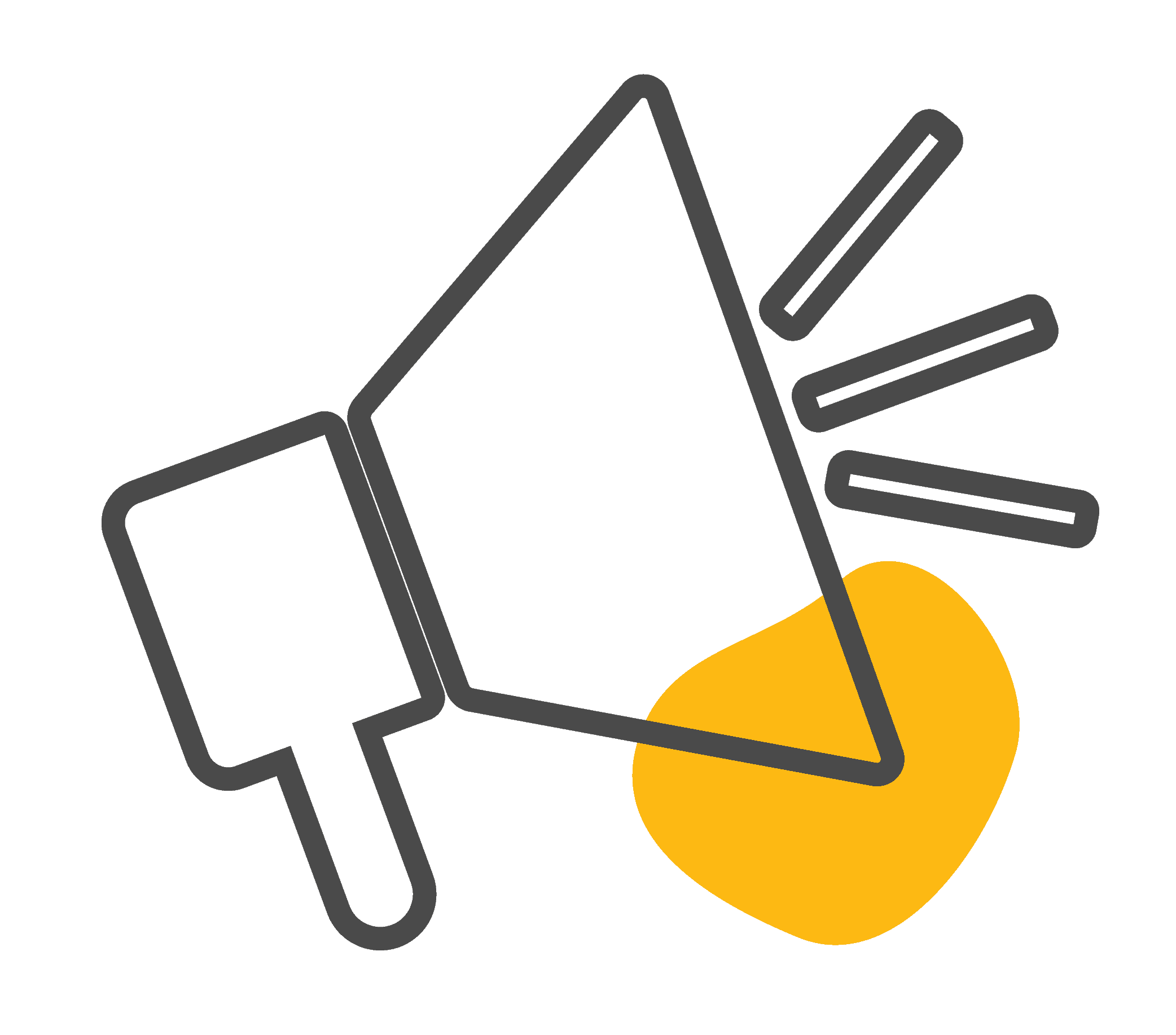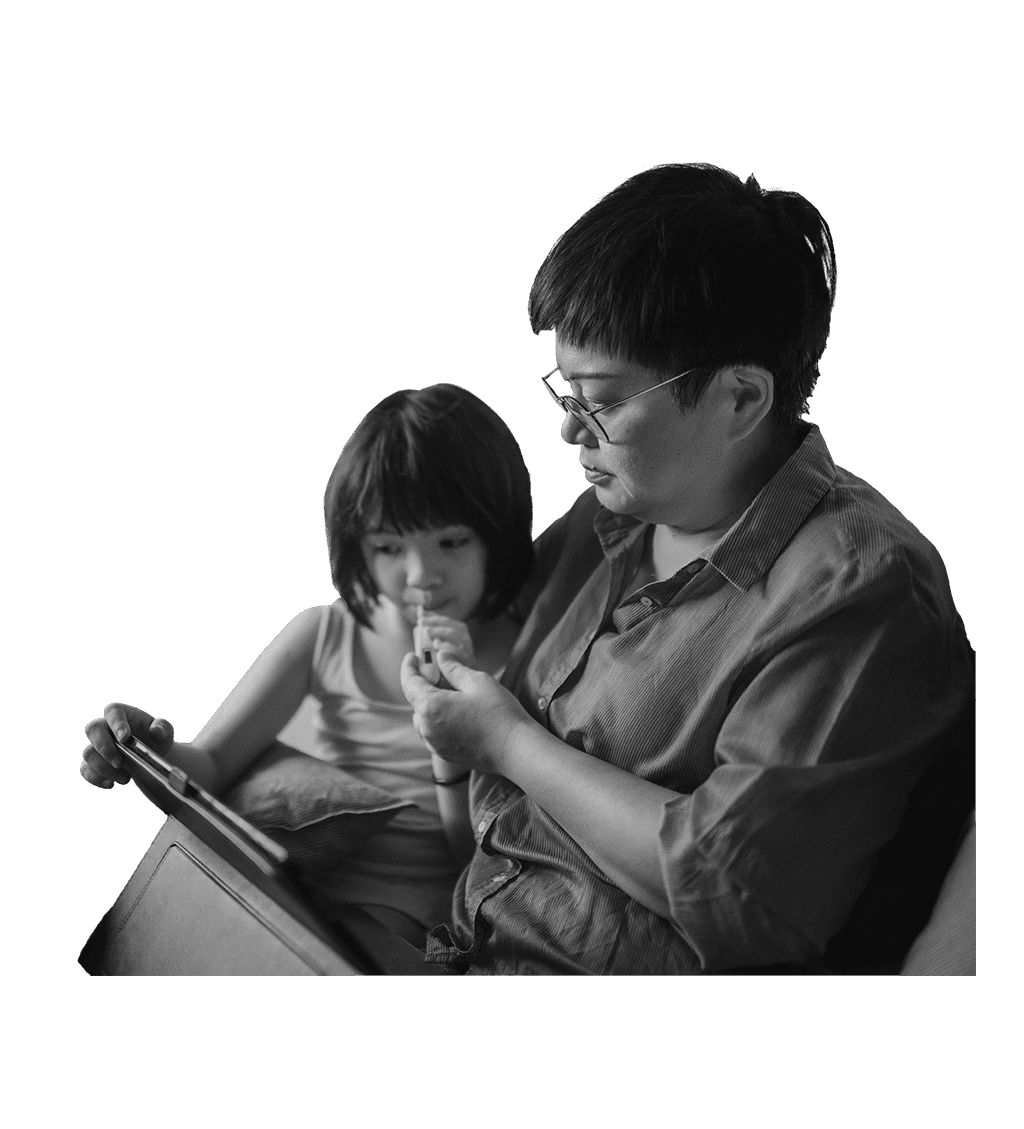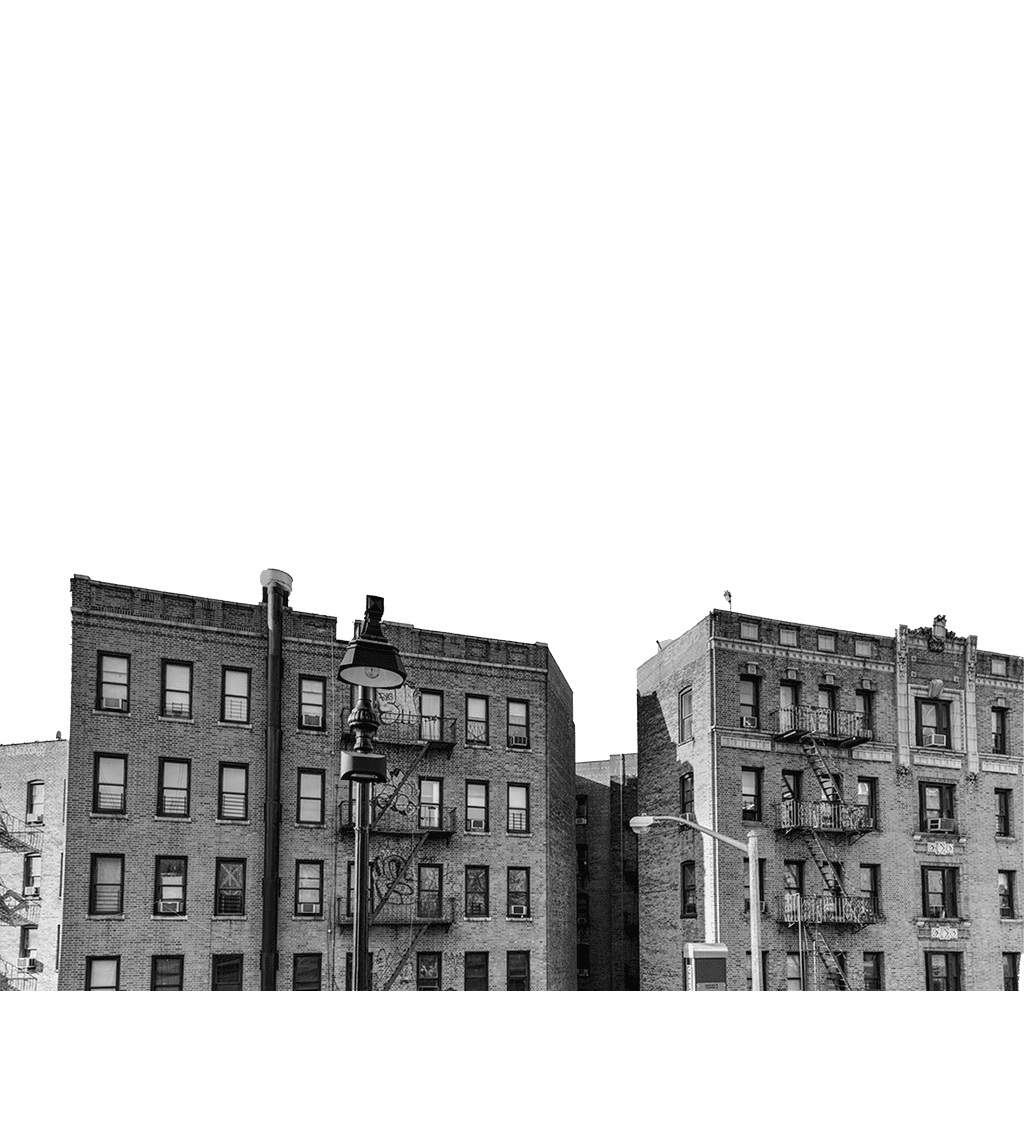LACK OF RESOURCES
64%
of unconnected U.S. households
18.1 M HOUSEHOLDS
are offline because they can’t afford to connect to an available Internet connection – despite the availability of low-cost broadband plans from ISPs. These households make up nearly two-thirds of our nation’s digital divide.
AVAILABILITY OF BROADBAND
25%
of unconnected U.S. households
7.1 M HOUSEHOLDS
are without access to any broadband network. Primarily in rural areas, these are locations where there is insufficient coverage to deliver wired or wireless broadband service, or service speeds and quality are unreliable.
CHOOSING NOT TO CONNECT
11%
of unconnected U.S. households
3 M HOUSEHOLDS
have access to available broadband networks and can afford to connect but are offline for reasons other than a lack of resources. The reasons cited commonly include digital literacy, reliance on smartphones, access options outside the home, and concerns about privacy or going online.


